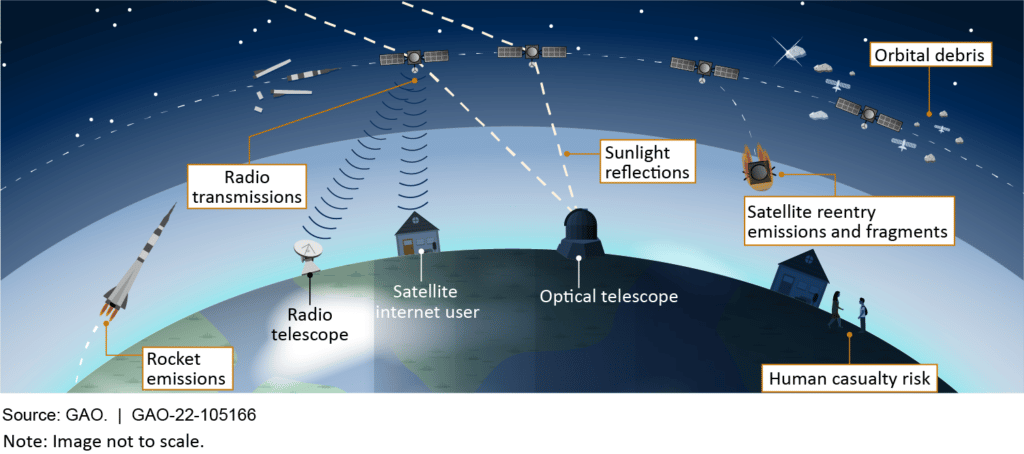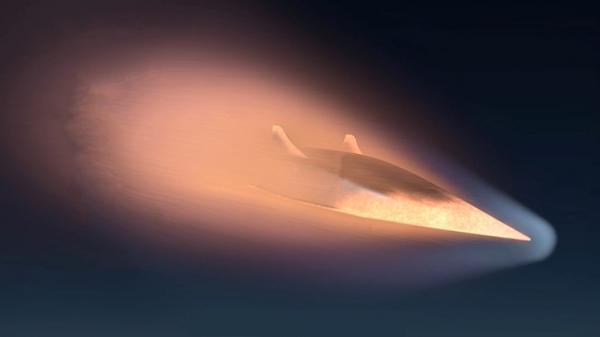The Government Accountability Office has reported that NASA’s major projects in development have seen cumulative cost overruns of about $12 billion and cumulative schedule delays of 28 years. Just three projects—the James Webb Space Telescope, Space Launch System, and Orion—are responsible for more than three-quarters of the cost growth and almost half of the delays, according to the GAO. These shocking numbers may decrease in GAO’s next report (expected in the spring of 2023), as the James Webb telescope is now operational. On the other hand, a growing portfolio of human spaceflight projects, including a new Mobile Launcher, a new outpost in lunar orbit known as Gateway, new space suits, and landers, will likely see cost increases and schedule delays as they progress further into development. While GAO has recognized there are inherent risks in spacecraft development, it has also identified management shortcomings that exacerbate the challenges projects already face.

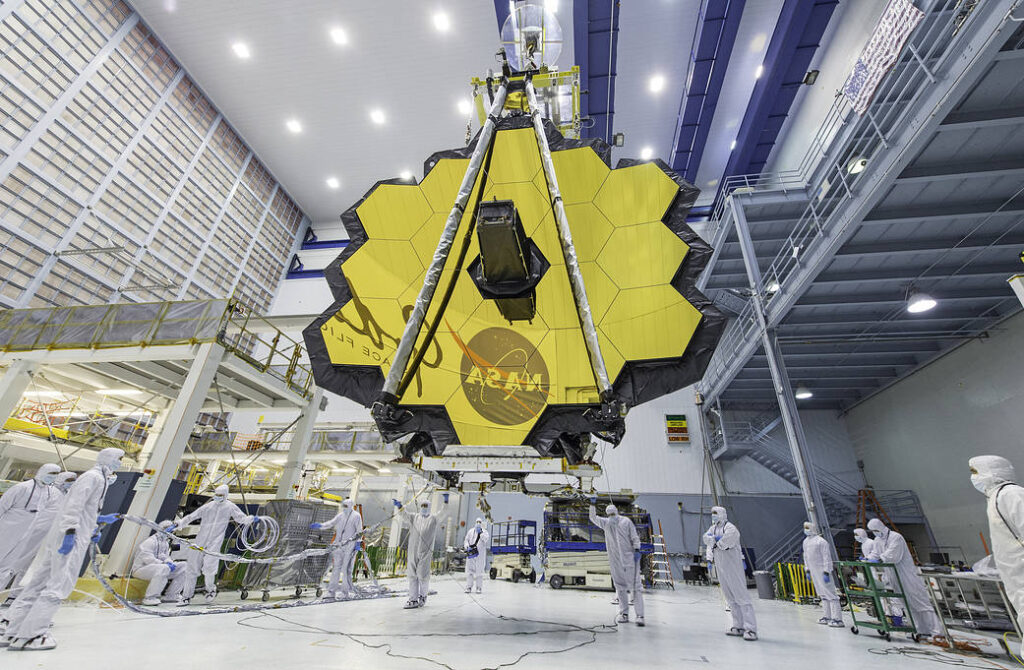
The James Webb Telescope was recently launched into space and is expected to produce imagery beginning in July. The program was 175 % over cost for development and over 7 years late. The telescope was highly challenging from a technical and design perspective. But cost and schedule were unrealistic at the start.
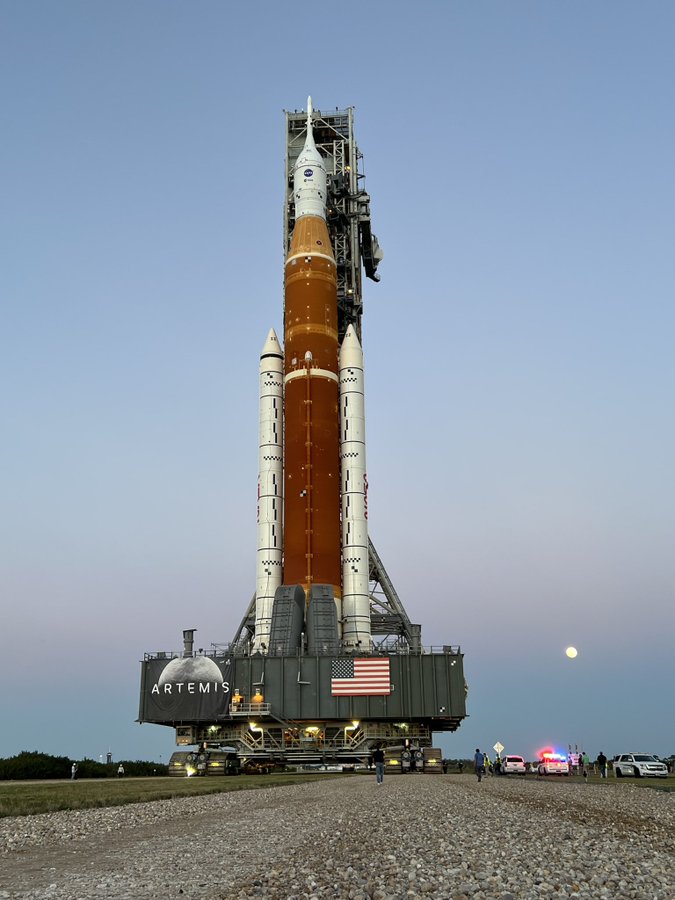
The Space Launch System experienced a 42% development cost increase and over a 3-year delay. There are many reasons why the program was troubled. For example, contractor performance and workmanship were poor during crucial phases. Flat budgets hampered the ability to speed up the program, properly sequence the work, and address problems when needed. See our prior post on SLS challenges.
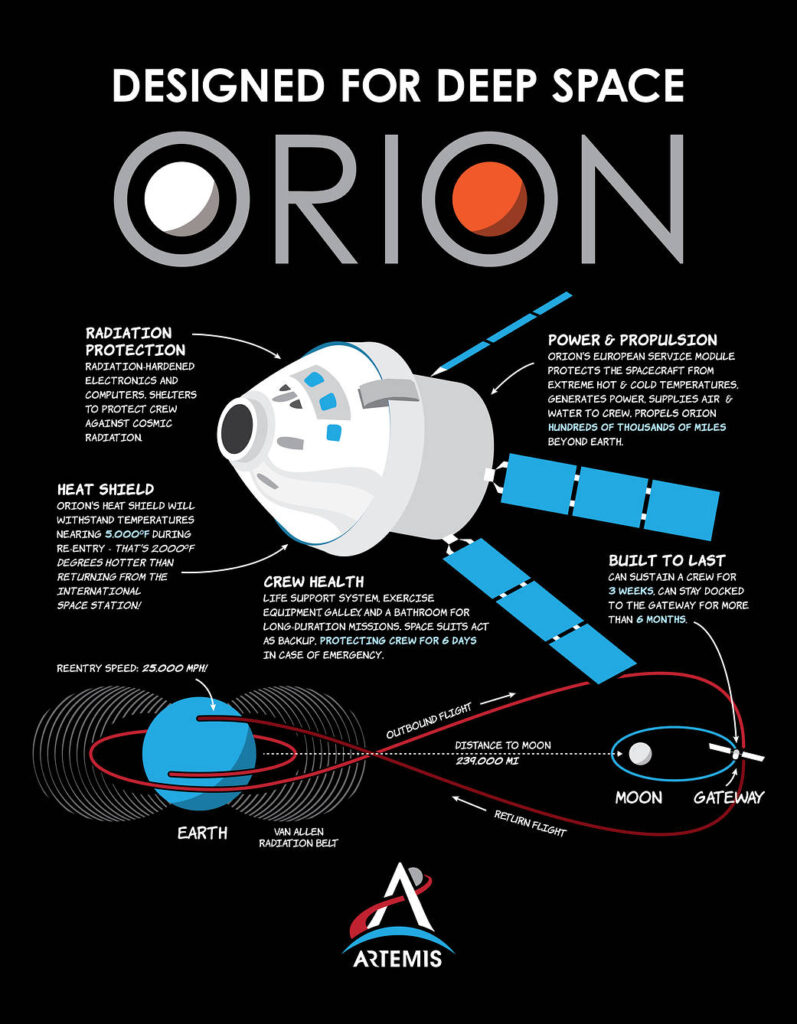
The Orion crew capsule experienced a 37% percent development cost increase. NASA rebaselined the Orion project in August 2021, which increased costs by $1.6 billion and added 9 months of delays since GAO’s last report. Part of the increase is due to increased capability for rendezvous proximity operations and docking. (All NASA photos).
In the past year, the majority of NASA’s projects in development increased their cost estimates, schedule estimates, or both. Technical issues and new scope were the primary causes of overruns. However, COVID-19 exacerbated these challenges with government and contractor facility shutdowns and remote work.

The GAO says that current overruns and the risk of future COVID-19 issues could have a cascading effect on NASA’s ability to manage its portfolio. NASA designates cost reserves to help projects address risks. However, when projects exhaust these reserves and need additional funding, it can limit the agency’s ability to fund existing missions or start new ones. For example, NASA officials said some new projects are preparing for later launch dates due in part to funding limitations caused by other projects’ cost overruns.
Three projects–Landsat-9, Psyche, and Lucy–are under cost, the GAO reports. Landsat-9 was launched in September 2021. It is an earth observation satellite. Lucy, launched in October 2021, is on a mission to investigate the Trojans—a population of asteroids orbiting the sun in tandem with Jupiter—to understand the formation and evolution of planetary systems. Psyche is a spacecraft that will be the first mission to visit a metal asteroid. After GAO’s report was issued, NASA announced that the launch of Psyche will be delayed at least for the rest of 2022. The delay, due to technical problems, will likely add costs.
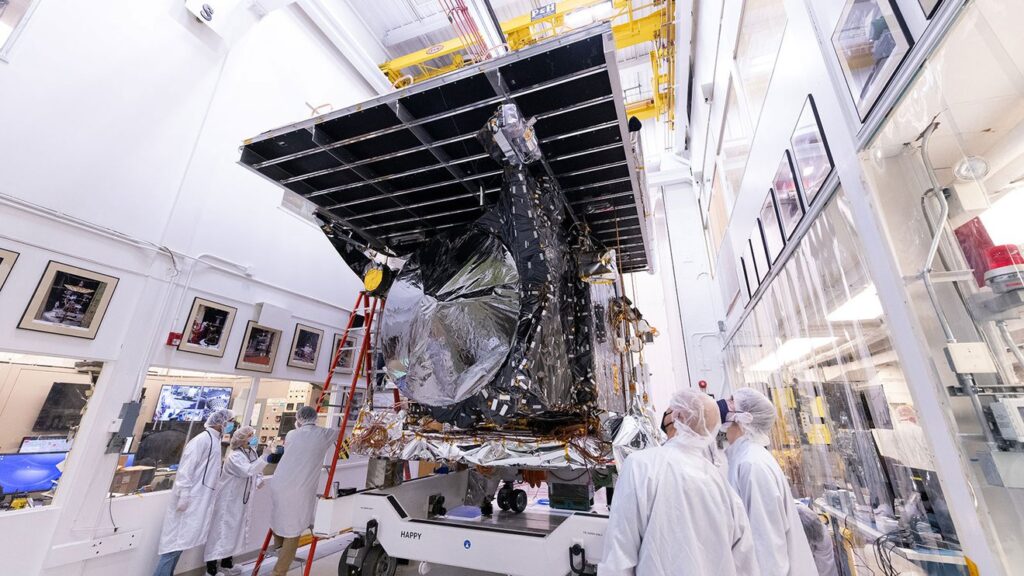
NASA has been on GAO’s list of high-risk programs since 1990 given acquisition risks facing the agency. While NASA’s work is inherently risky–it’s rocket science after all–optimistic estimates and project management weaknesses often exacerbate such risks. In the 14 years that GAO has conducted its annual assessment, NASA has instituted a wide range of actions to address these risks, such as adopting more robust cost and schedule estimating techniques.




